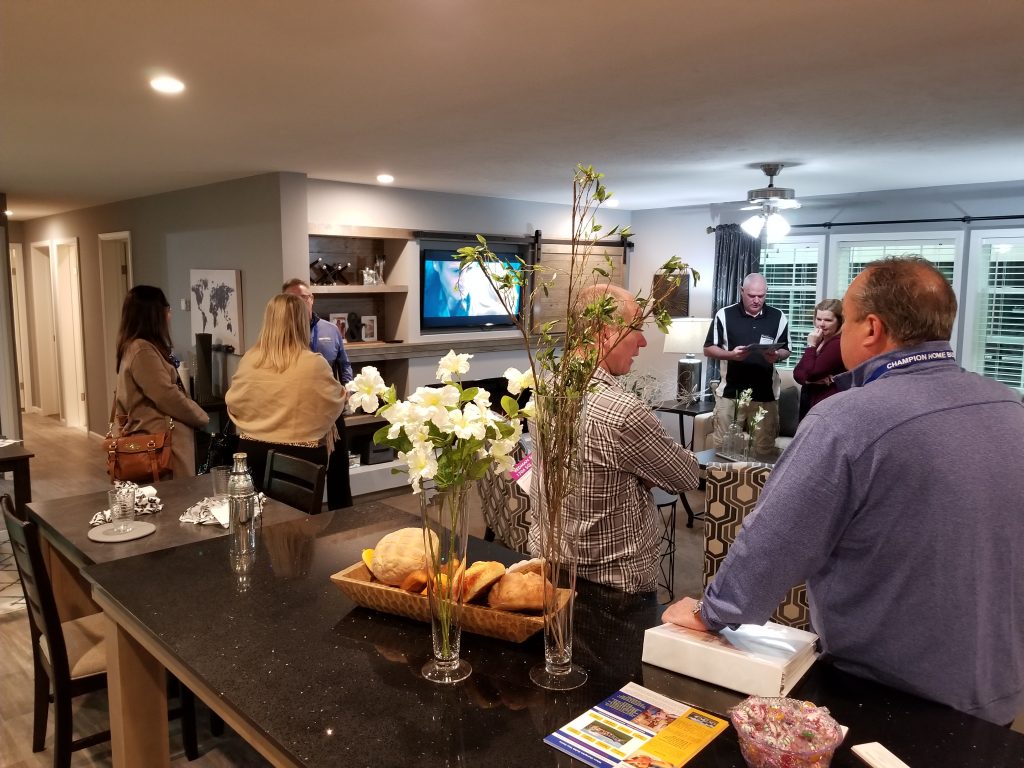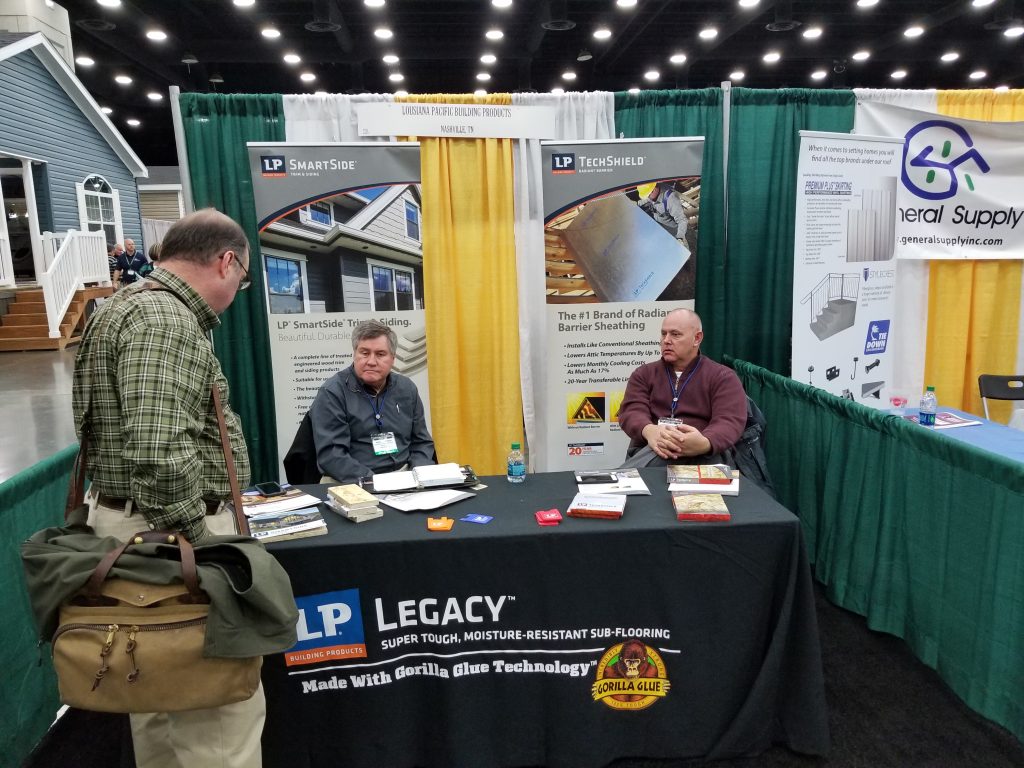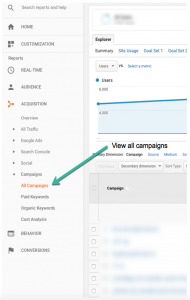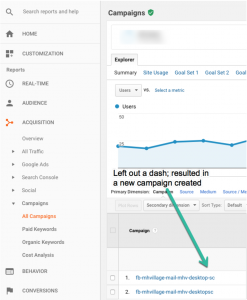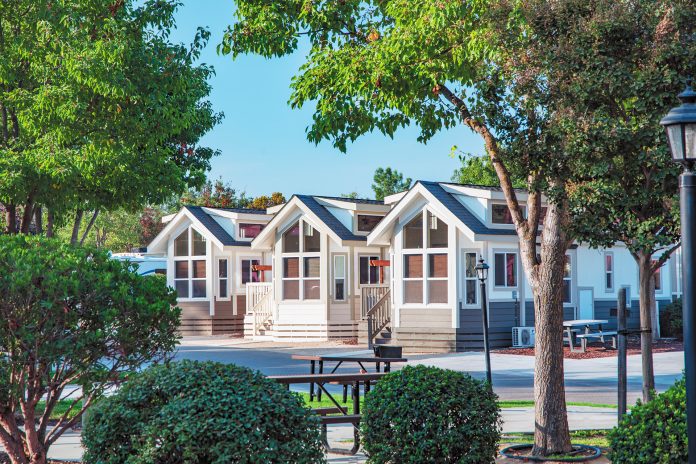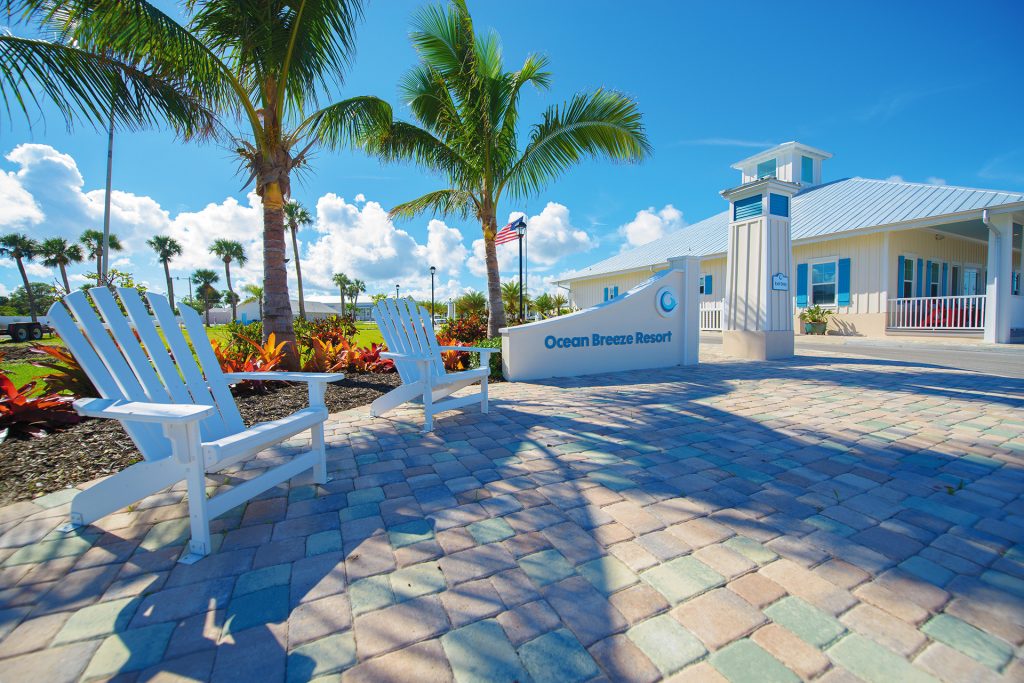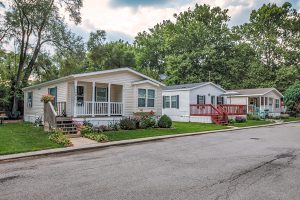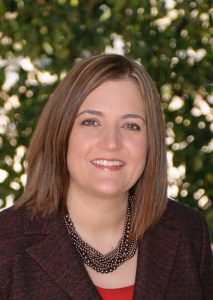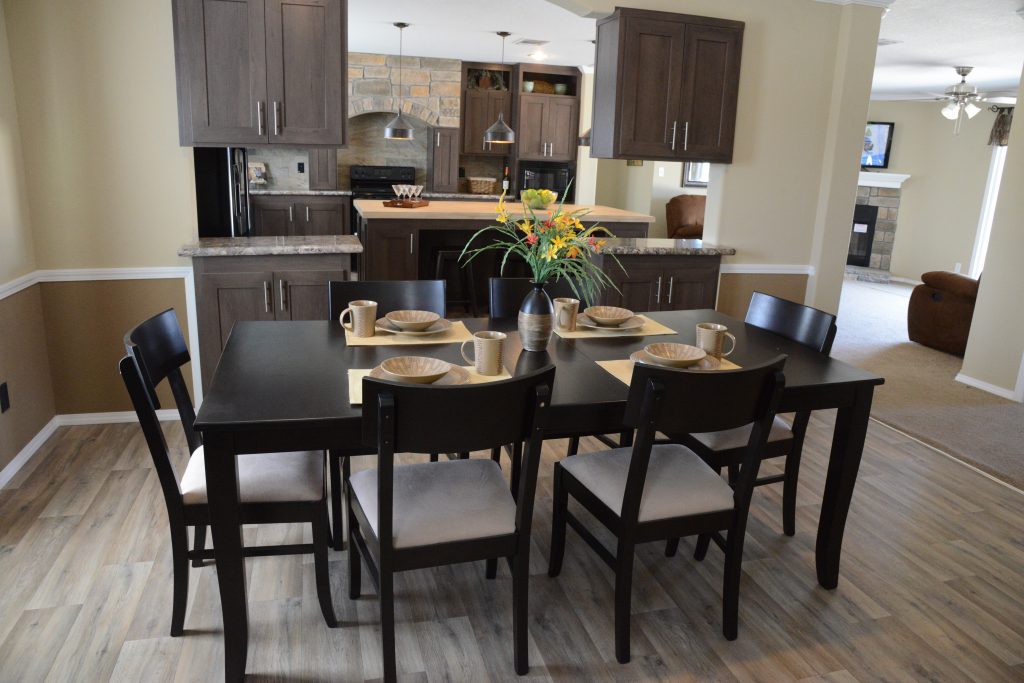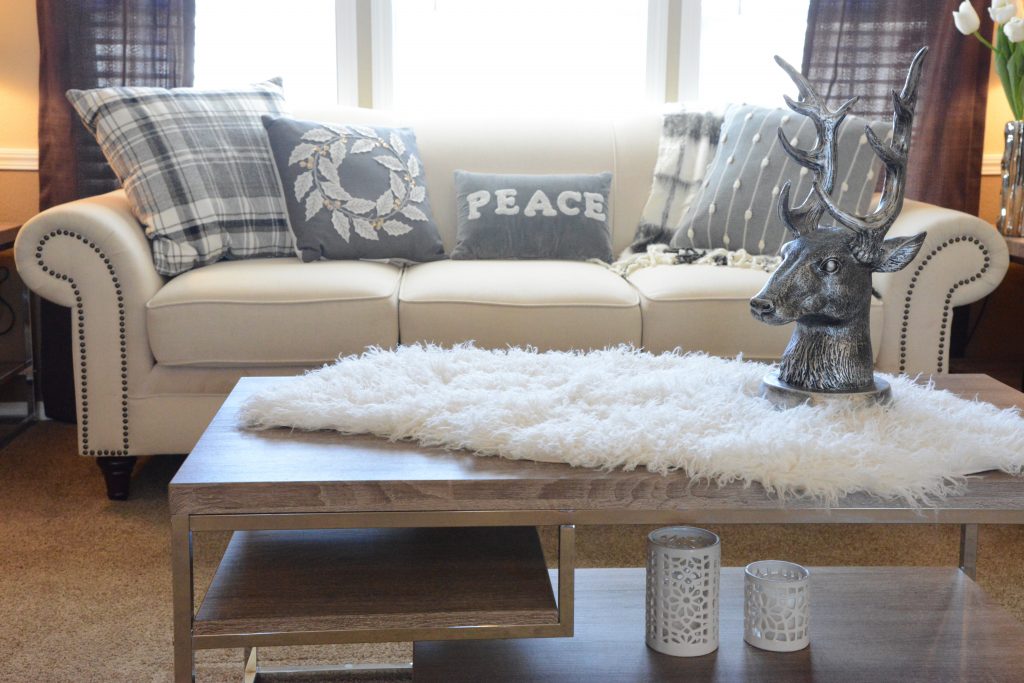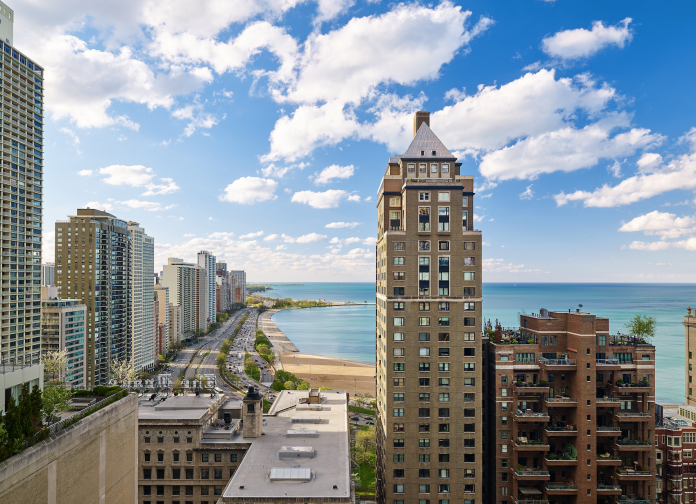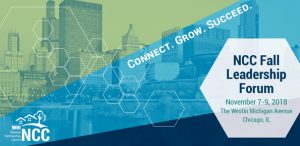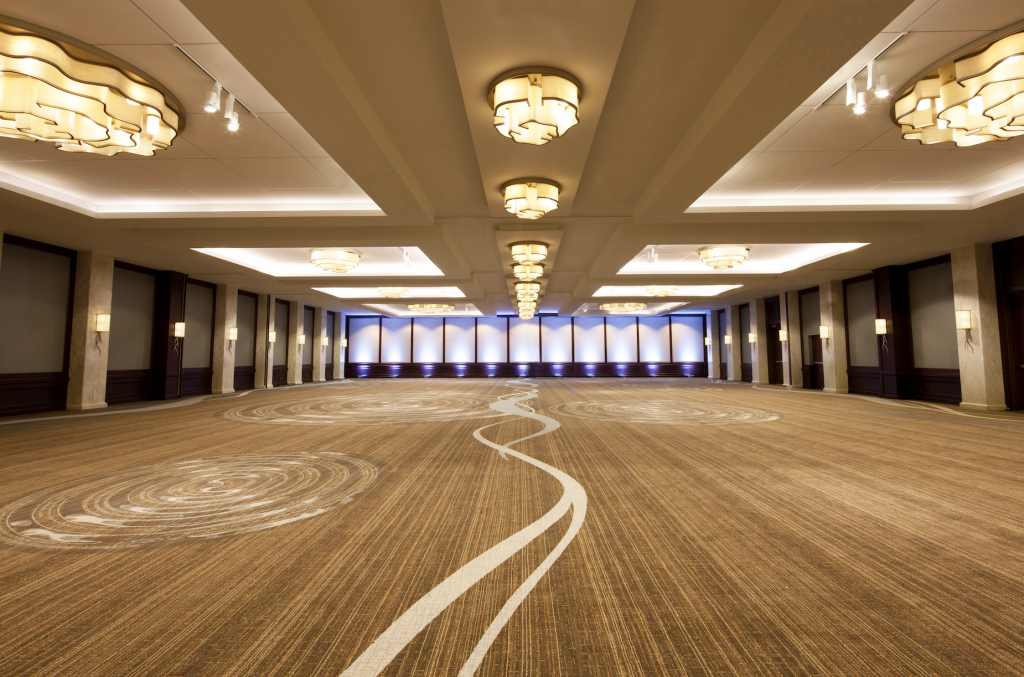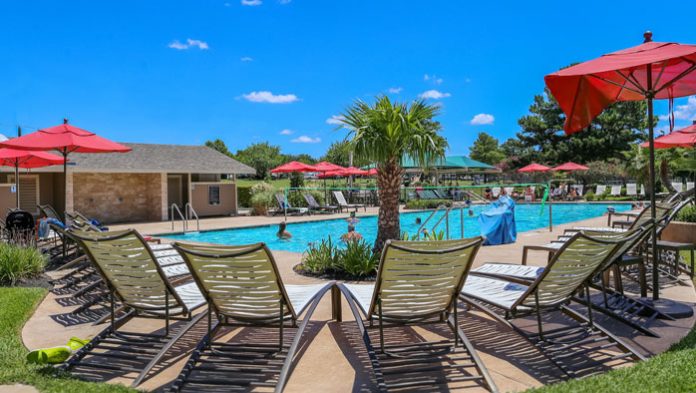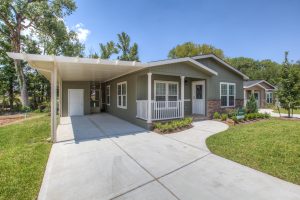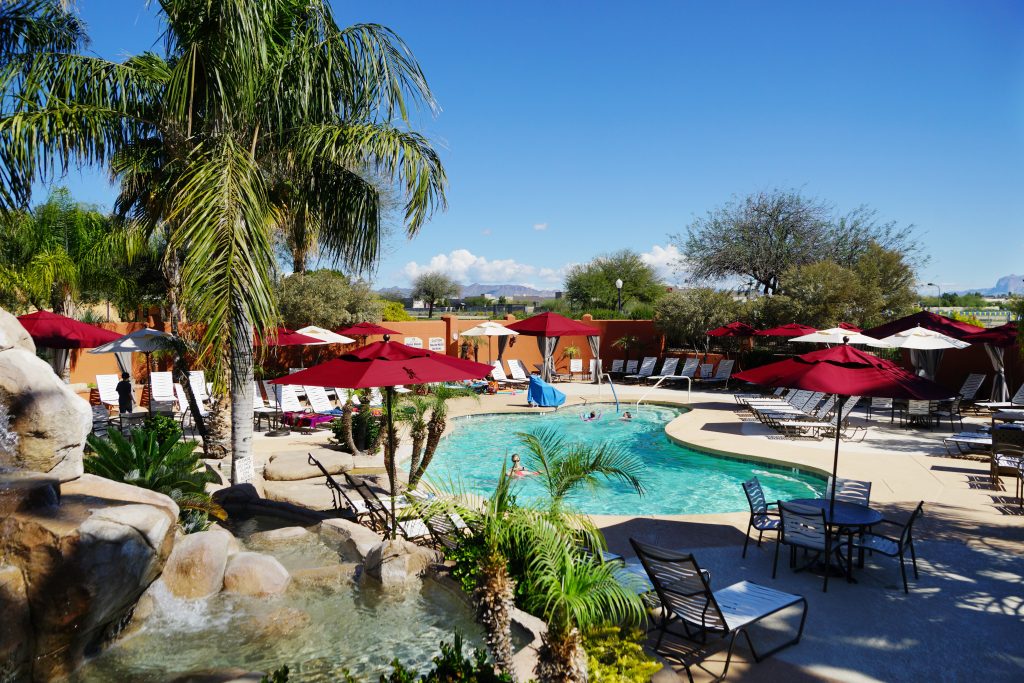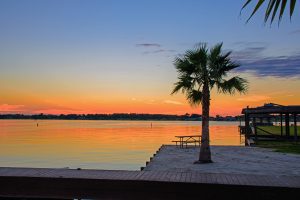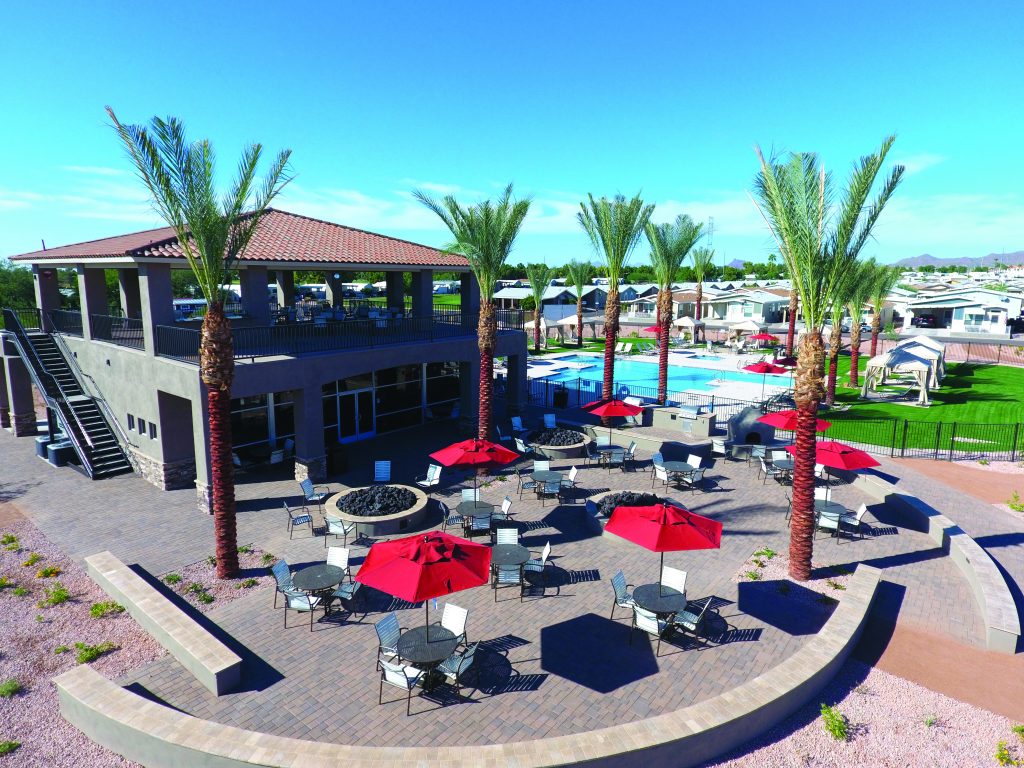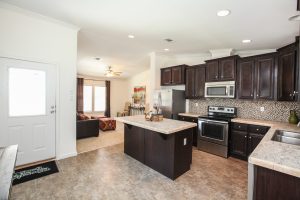If Properly Managed, the Promise of Park-Owned Homes Can Be Significant
By Robert Blum and Alexander Rindner of Springfield Communities
As relative newcomers to the industry, we notice a wide gulf separating large park owners from those operating on a more modest scale of say, 200 lots or fewer. There are noticeable attributes that characterizes smaller community owners. One of those is a tendency to incorporate the promise of park-owned homes into their business model as a strategic choice to generate higher annual income.
However, difficulty may arise when the time comes for these owners to sell. Those park-owned homes may represent a challenge for attracting quality buyers. The severity of that challenge will depend on the choices the park owner has made.


We are a highly flexible family office representing something of an ideal buyer for many smaller park owners. In our ongoing search for acquisitions across Florida and the Southeast, we come across many parks that we cannot acquire. Often this solely is due to how the park owner has implemented park-owned homes.
In this article, we highlight two major pitfalls that small park owners must avoid with respect to park-owned homes, so as to extract maximum value from their park in the long term.
The Promise of Park-Owned Homes
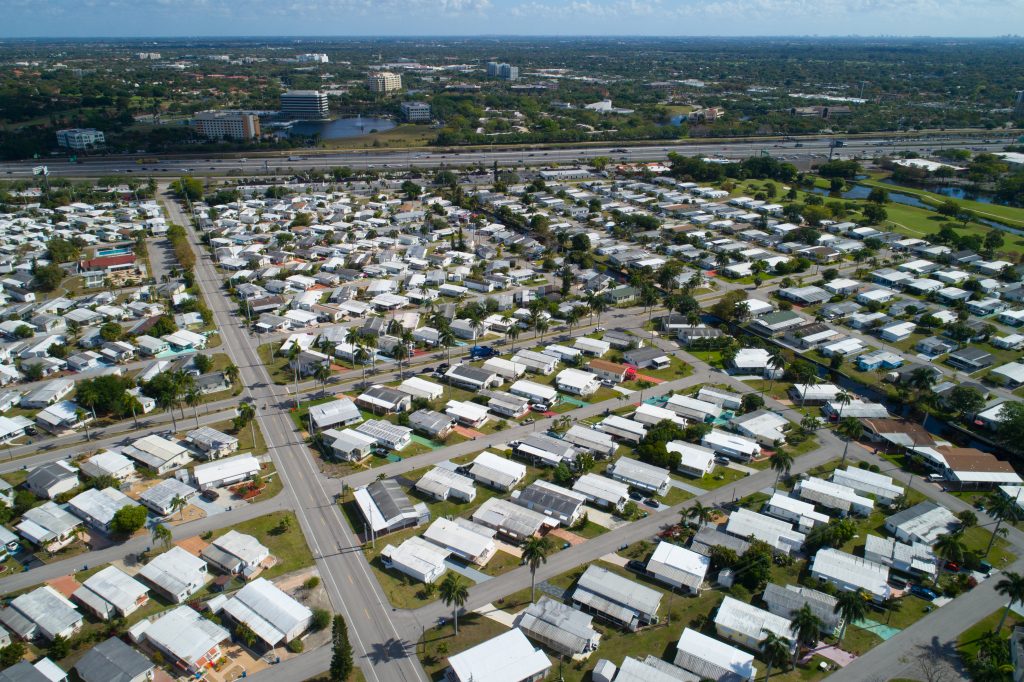
The desirability of including park-owned homes is a matter of personal preference and circumstances.
Indeed, many small park owners possess a talent for leveraging the promise of park-owned homes as rentals. There is the owner-operator who is unafraid to roll up the sleeves. That person has to the tools to realize much higher gross income generated by park-owned homes.
For many small owners, incorporating a manageable number of park-owned homes can turn a sleepy real estate investment into a cash-flow machine.
The Big Picture
The larger buyers to whom a small owner will one day want to sell may view the strategy differently.
It is well-known that certain buyers will be very sensitive to parks that have very high percentages of park-owned homes. Many buyers prefer the homeowners on a land-lease due to management level or other concerns.
However, even those buyers willing to consider parks with large numbers of park-owned homes will need the seller to have operated in a way that retains flexibility and autonomy.
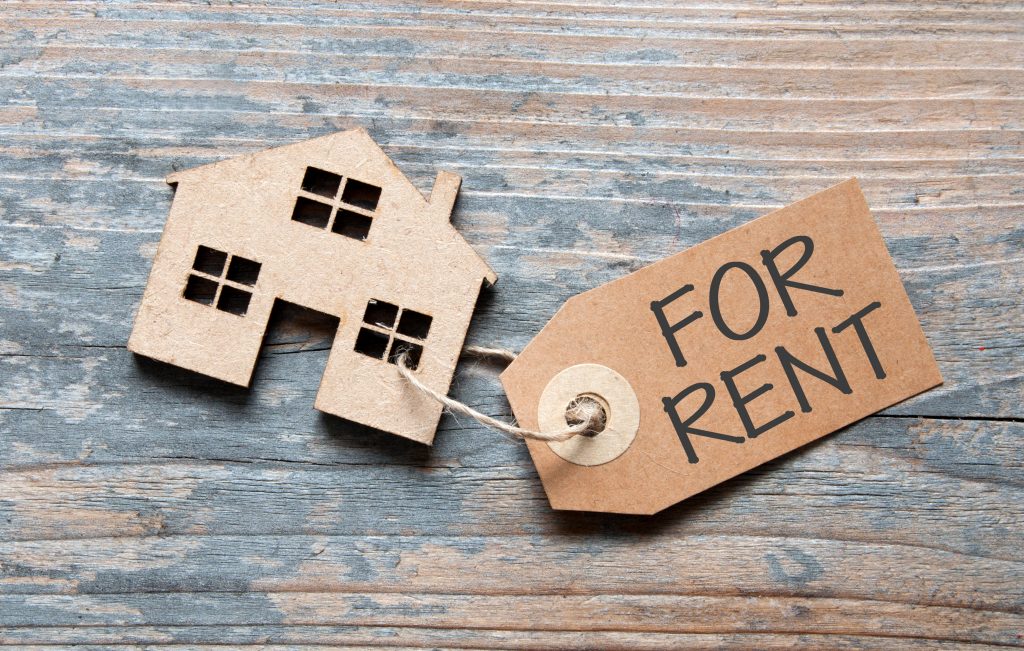
Pitfall #1: Purchase Arrangements with Long Terms
A buyer of your park likely will want some degree of flexibility when it comes to park-owned homes.
Regarding flexibility, a common pitfall we see small owners fall into is entering into lease-to-own or lease-option-to-purchase arrangements with residents that have very long terms. In general, these arrangements can be positive in the eyes of a buyer who is sensitive to park-owned homes. They put the residents on a path toward home ownership. And achieve the goal of generating steady lot rental income.
However, in order to retain flexibility, park owners must resist any urge to lock themselves into arrangements with 15 or even 10 year terms. It is preferable the term be shorter. Ideal is between five and seven years or less. This is true even if it means earning less on the potential promise of park-owned homes.
Indeed, avoid encumbering a home with a purchase arrangement for that long term. It is even preferable that the home simply remain a pure rental.
Some small owners are apparently of the view that, if the term of the purchase arrangement is long, the resident will have a greater chance of defaulting and the owner will get to start over again with a new tenant. Such a view is both inconsistent with the values at the heart of the manufactured housing industry and short-sighted. It impinges upon the flexibility that buyers seek in a new property acquisition. Not to mention the tenant is ill-served.
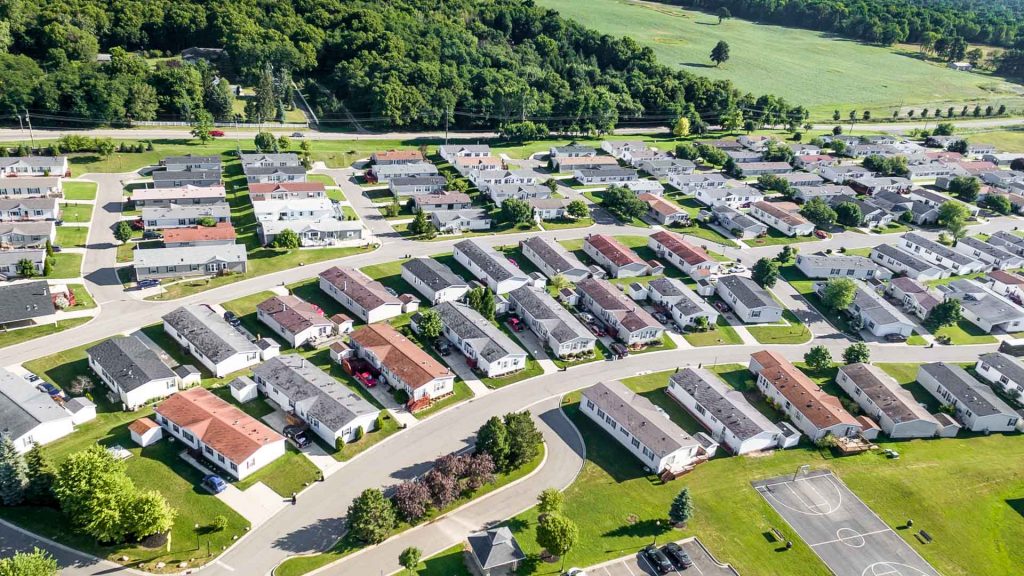
Pitfall #2: Third Party Investors
In addition, buyers seek autonomy over park homes. Small community owners looking to improve the park with new homes or fill vacant lots might be tempted to have third-party investors outlay the capital required to accomplish that goal.
That third-party investor becomes responsible for lot rent. This provides the park owner with a reliable source of income without having to chase multiple tenants. Yet these benefits only accrue to the park owner in the short to medium term. From the broader investing community’s point of view, these homes are basically considered owned by the park. But the park owner does not reap the reward of the higher gross income that typically accompanies park-owned homes.
In addition, a third-party investor who controls a significant number of homes has a great deal of leverage over the park. Should the park owner want to sell, strong buyers will not be interested in essentially partnering with this third-party investor.
Conclusion On the Promise of Park-Owned Homes
Park-owned homes can be a great source of revenue for small owner-operators who don’t mind rolling up their sleeves to earn the extra income they provide. They also can drastically limit a park owner’s exit options and hurt the overall valuation of a park. Small park owners should consider the bigger picture and long-term consequences when they implement a strategy of including park-owned homes in their parks.
Robert Blum and Alexander Rindner are principals of Springfield Communities, a division of Avery Management, a multi-generation family office based in the New York City area.


